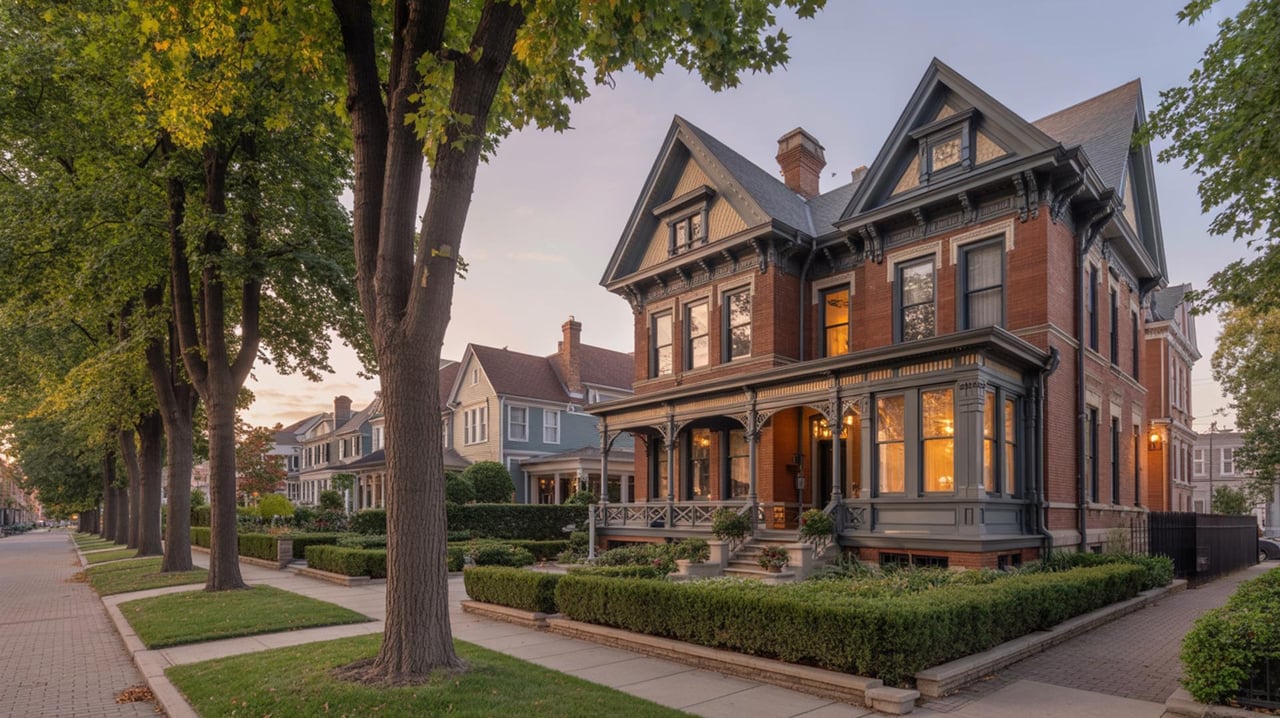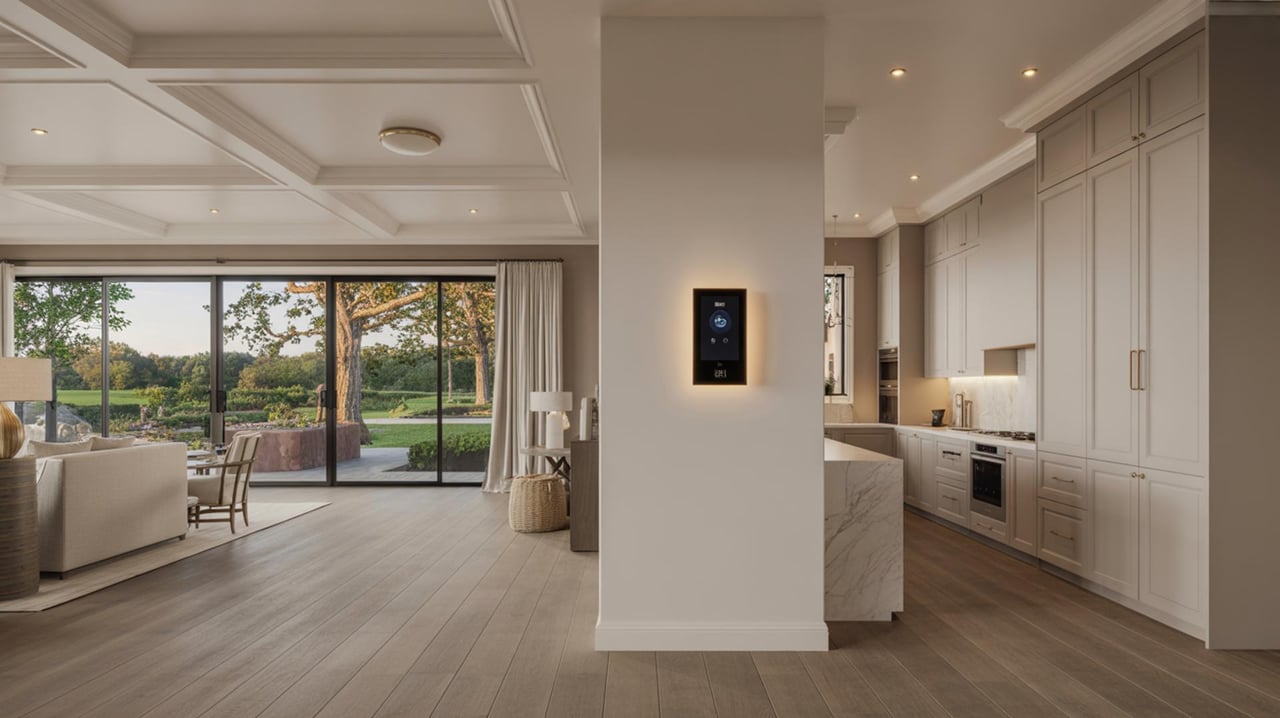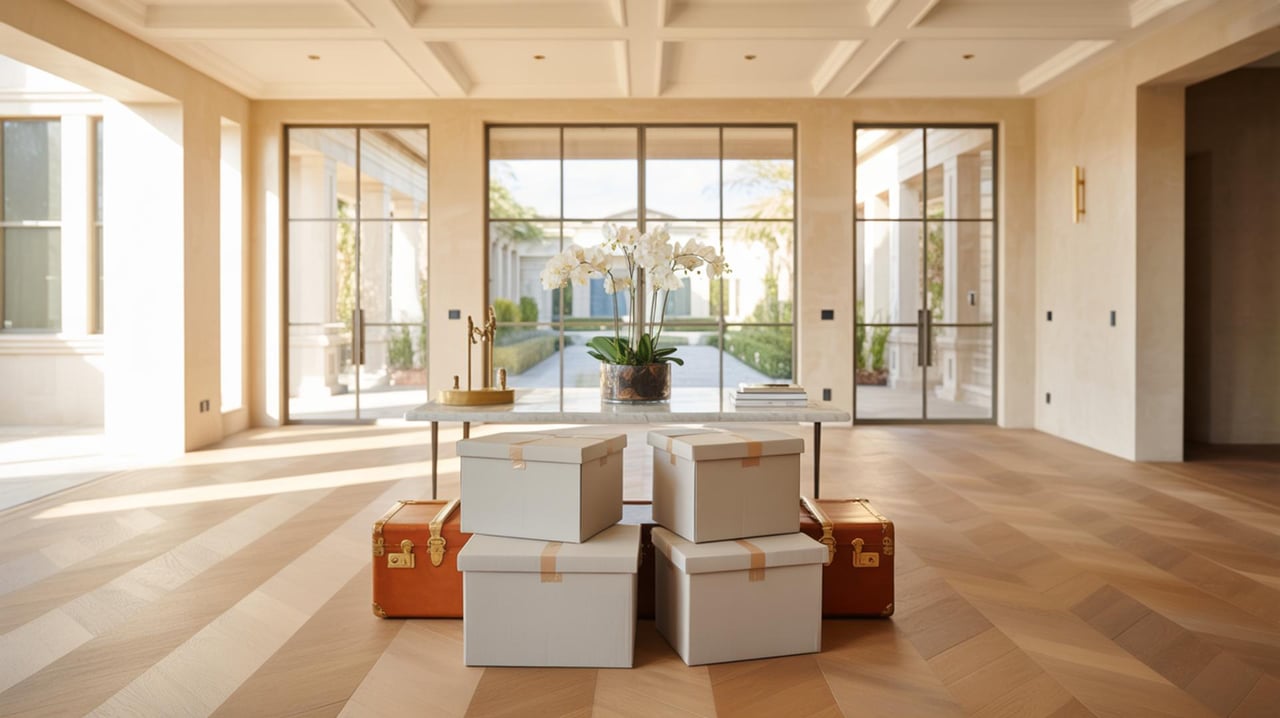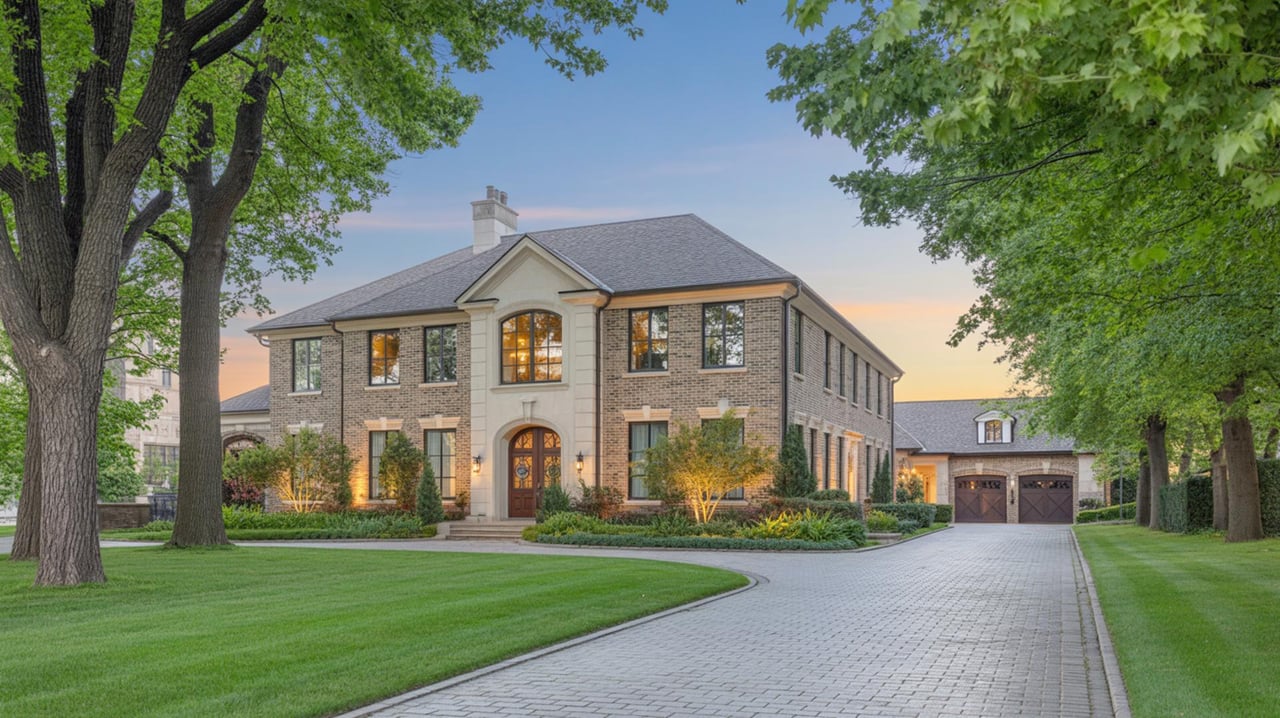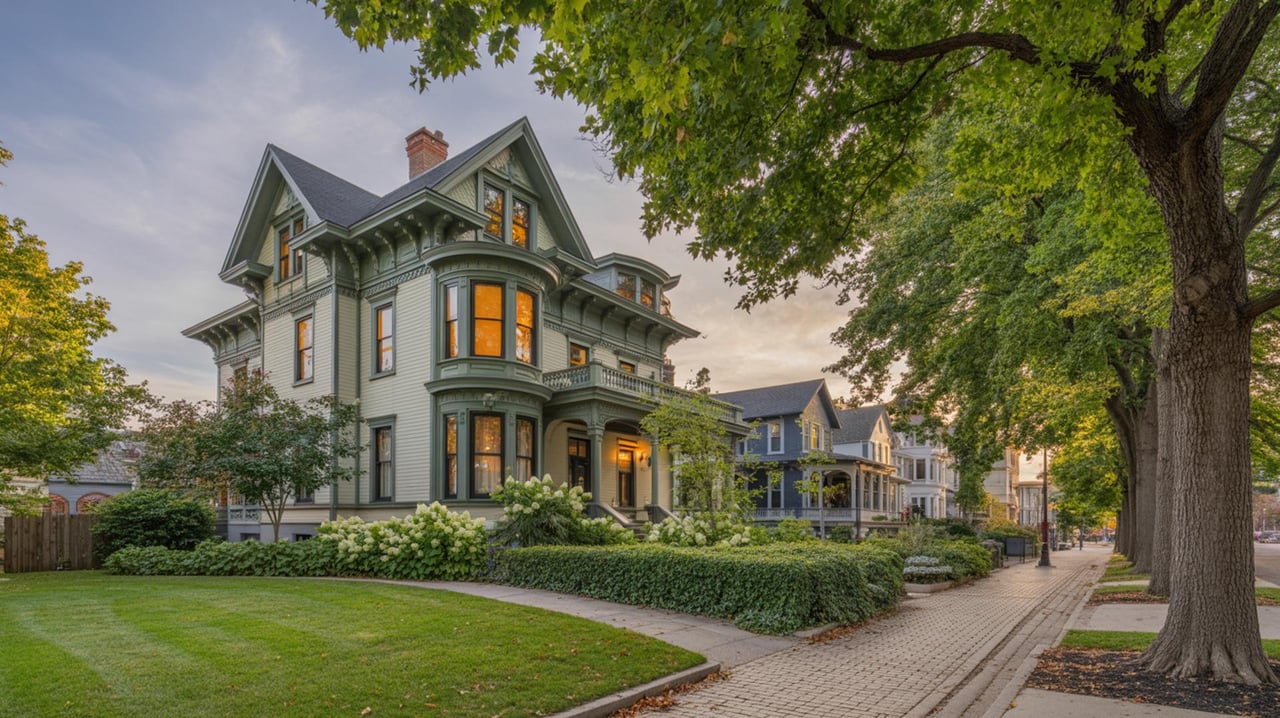The Historic District in Naperville, IL, is renowned for its charming homes that reflect a rich architectural heritage. This area offers a unique blend of historic charm and modern amenities, making it a sought-after location for homebuyers. The homes in this district are characterized by distinctive features that not only enhance their aesthetic appeal but also contribute to their functionality and comfort. Exploring these features can provide valuable insights for those interested in purchasing or renovating a home in this picturesque neighborhood.
Architectural Styles
The Historic District boasts a variety of architectural styles that reflect different periods and influences. From Victorian and Colonial Revival to Craftsman and Tudor, each style offers unique design elements. Victorian homes often feature intricate woodwork, turrets, and expansive porches, while Colonial Revival homes are known for their symmetrical facades and classic columns. Craftsman homes, with their low-pitched roofs and exposed beams, offer a more rustic charm. Understanding these styles can help potential buyers appreciate the historical significance and craftsmanship of the homes in this area.
Original Woodwork and Moldings
One of the most striking features of homes in the Historic District is the original woodwork and moldings. These elements add character and elegance to the interiors, showcasing the craftsmanship of a bygone era. From ornate crown moldings to intricately carved banisters, these details are often preserved and restored to maintain the home's historical integrity. For homeowners, maintaining this woodwork is essential to preserving the home's value and aesthetic appeal.
Stained Glass Windows
Stained glass windows are a hallmark of many homes in the Historic District. These windows not only add a splash of color and artistry to the home's facade but also allow for unique lighting effects within the interior. Often custom-designed, stained glass windows can depict floral patterns, geometric designs, or even historical scenes. They serve as both a decorative and functional feature, enhancing the home's overall ambiance.
Spacious Front Porches
Spacious front porches are a common feature in the Historic District, providing a welcoming space for relaxation and socializing. These porches often feature detailed railings and columns that complement the home's architectural style. They serve as an extension of the living space, offering a place to enjoy the neighborhood's scenic views and engage with the community. For many homeowners, the porch is a cherished feature that adds to the home's charm and functionality.
Fireplaces and Mantels
Fireplaces are a central feature in many historic homes, offering warmth and a focal point for living areas. In the Historic District, these fireplaces often come with beautifully crafted mantels that reflect the home's architectural style. Whether made of wood, marble, or brick, the mantels are often adorned with intricate carvings or tiles. Maintaining these fireplaces and mantels is crucial for preserving the home's historical character and providing a cozy atmosphere.
Hardwood Flooring
Hardwood flooring is a staple in many homes within the Historic District, valued for its durability and timeless appeal. These floors are often made from high-quality wood species like oak, maple, or cherry, and feature unique patterns such as herringbone or parquet. Preserving and restoring these floors is important for maintaining the home's aesthetic and historical value. Regular maintenance, such as refinishing and polishing, can help keep the floors looking their best.
Built-In Cabinetry
Built-in cabinetry is a practical and attractive feature found in many historic homes. These cabinets are often custom-designed to fit the home's architectural style, providing ample storage while enhancing the interior's aesthetic. From bookcases and china cabinets to window seats with storage, built-in cabinetry offers both functionality and charm. Homeowners often appreciate the craftsmanship and attention to detail that these features represent.
Attic and Basement Spaces
Attic and basement spaces in historic homes offer additional living or storage areas. In the Historic District, these spaces are often converted into bedrooms, offices, or recreational areas, maximizing the home's usable space. Proper insulation and ventilation are key to making these areas comfortable and functional. For homeowners, these spaces offer the opportunity to customize and expand their living environment while preserving the home's historical character.
Historic Lighting Fixtures
Lighting fixtures in historic homes are often original or carefully restored to match the home's period style. Chandeliers, sconces, and pendant lights made from materials like brass, glass, or wrought iron add elegance and authenticity to the interiors. These fixtures not only provide illumination but also serve as decorative elements that enhance the home's historical ambiance. Homeowners often seek out antique or reproduction fixtures to maintain the home's period-appropriate aesthetic.
Gardens and Landscaping
Gardens and landscaping play a significant role in the overall appeal of homes in the Historic District. Many properties feature well-maintained gardens with period-appropriate plantings, such as heirloom roses, boxwoods, and perennials. These gardens often include features like stone pathways, fountains, and arbors that complement the home's architectural style. Thoughtful landscaping enhances the property's curb appeal and provides a serene outdoor space for relaxation and enjoyment.
Discover Your Dream Home in Historic District, IL
Exploring the top home features in Historic District, IL, reveals a blend of charm and modern convenience. From beautiful architecture to spacious interiors, these homes offer something special for everyone. Whether you're drawn to vintage details or updated amenities, there's a perfect fit waiting for you. To find your dream home in this unique area, reach out to Dave Swanson Realtor for expert guidance and personalized service.
